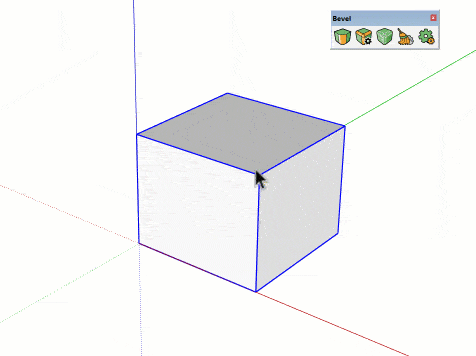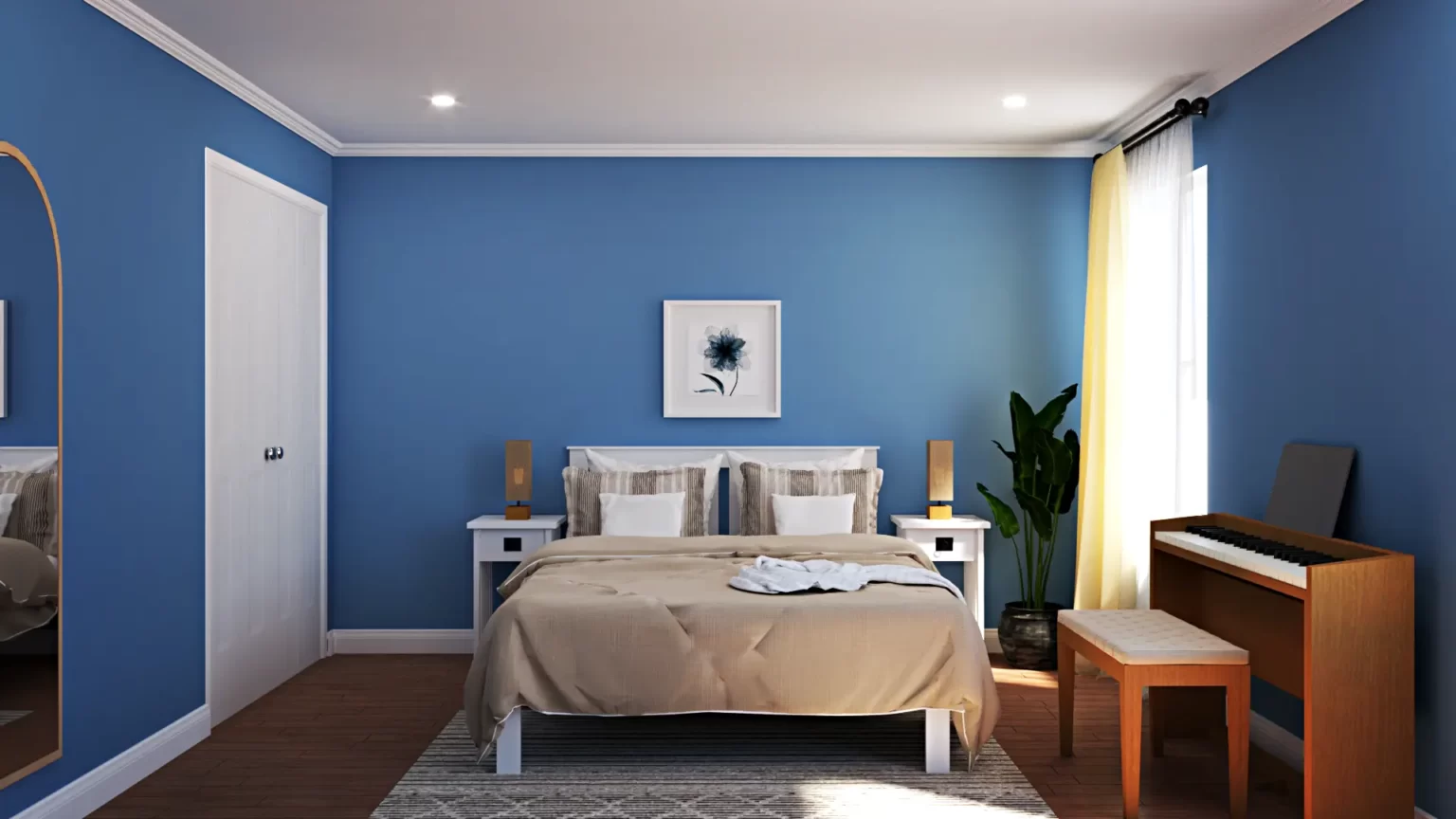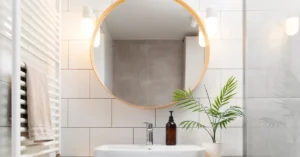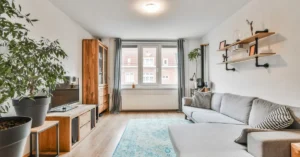Creating an eco-friendly interior design is not only good for the environment but also for your health and well-being. By choosing sustainable materials and practices, you can reduce your carbon footprint and create a healthier living space for you and your family. In this blog post, we will discuss how to choose eco-friendly materials and practices for your sustainable interior design.

Sustainable Interior Design: Choosing Eco-Friendly Materials and Practices
1. Benefits of Sustainable Interior Design
Sustainable interior design, also known as green design, is a design approach that focuses on reducing the environmental impact of interior spaces. It involves using eco-friendly materials and practices that are renewable, recyclable, and non-toxic. Here are some of the benefits of sustainable interior design:
- Improved Indoor Air Quality:
Eco-friendly materials and practices can improve indoor air quality by reducing the emission of harmful chemicals and pollutants. - Energy Efficiency:
Sustainable materials and practices can help reduce energy consumption, which can result in lower energy bills and reduced carbon emissions. - Healthier Living Space:
Eco-friendly materials and practices can reduce the risk of health problems caused by exposure to harmful chemicals and pollutants. - Reduced Carbon Footprint:
Sustainable interior design can reduce your carbon footprint by using materials and practices that are renewable and recyclable.
2. Choosing Eco-Friendly Materials
Choosing eco-friendly materials is an important part of sustainable interior design. Here are some eco-friendly materials that you can consider for your home:
- Sustainable Furniture:
Look for furniture made from sustainable materials such as bamboo, reclaimed wood, or FSC-certified wood. Avoid furniture made from particleboard or MDF, which contain formaldehyde. - Sustainable Flooring:
Choose flooring made from sustainable materials such as bamboo, cork, or recycled materials. Avoid flooring made from vinyl or carpet, which can contain harmful chemicals. - Sustainable Lighting:
Use energy-efficient lighting such as LED bulbs, which use less energy and last longer than traditional incandescent bulbs. - Sustainable Textiles:
Look for textiles made from natural fibers such as organic cotton, hemp, or linen. Avoid synthetic fabrics, which can contain harmful chemicals.
3. Incorporating Sustainable Practices
In addition to choosing eco-friendly materials, incorporating sustainable practices into your interior design can also help reduce your carbon footprint. Here are some sustainable practices that you can consider:
- Energy Conservation:
Use energy-efficient appliances and electronics, and turn off lights and electronics when not in use. - Water Conservation:
Install low-flow fixtures and toilets, and fix leaks promptly. - Recycling and Composting:
Set up a recycling and composting system in your home to reduce waste and promote sustainability. - Indoor Plants:
Incorporate indoor plants into your design to improve air quality and promote sustainability.
Creating a sustainable interior design doesn’t have to be expensive or complicated. By making small changes to your design and lifestyle, you can create a healthier living space and reduce your carbon footprint.
Conclusion
In addition, always consider the lifecycle of a product when making purchasing decisions. This includes not only the materials used to make the product but also how it was produced, transported, and disposed of. Look for products that are made using renewable energy, produced locally, and can be easily recycled or composted at the end of their lifecycle.
By choosing sustainable interior design materials and practices, you can create a space that is not only beautiful and functional but also environmentally responsible. You can reduce your carbon footprint, improve indoor air quality, and create a healthier living space for you and your family.
In conclusion, creating a sustainable interior design is a conscious decision that requires research and careful consideration. By incorporating eco-friendly materials and sustainable practices into your design, you can create a healthier, more sustainable living space that benefits both you and the environment. Take the first step towards sustainable interior design today and make a positive impact on the world.












